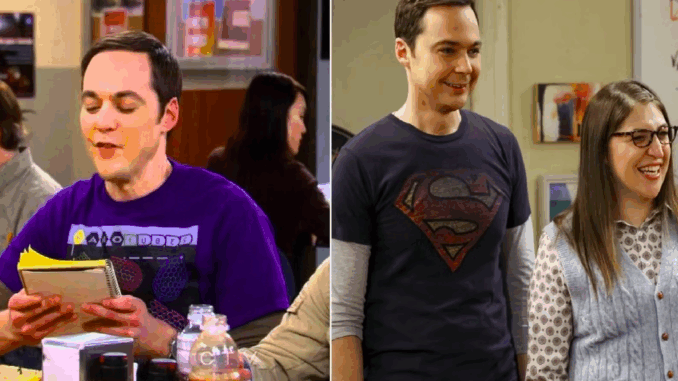
For a sitcom filled with punchlines, comic book references, and awkward social dynamics, The Big Bang Theory had an unlikely side effect: it made science cool. Over its 12-season run, the show didn’t just entertain—it educated, inspired, and even recruited. From middle school classrooms to graduate physics labs, the cultural ripple effects of the show’s celebration of science are still being felt today.
Laughing Through Physics
The characters on The Big Bang Theory didn’t just work at Caltech—they spoke in authentic scientific language. Real theories, complex equations, and cutting-edge physics weren’t just props; they were the foundation of the show’s world.
The writers collaborated with UCLA physicist Dr. David Saltzberg, who reviewed scripts, wrote whiteboard equations, and ensured the accuracy of each scientific claim. That authenticity mattered. It meant that when Sheldon explained string theory or when Amy broke down neurobiology, the information—though often played for laughs—was real.
And viewers noticed. Teachers began incorporating episodes into lesson plans. Students found themselves Googling terms like “quantum entanglement” after hearing them on the show. The science was a doorway—not a barrier.
Characters as Role Models
Sheldon, Leonard, Raj, and Howard were never perfect. They were awkward, obsessive, and at times comically oblivious. But they also loved their work. They celebrated learning. They defended intellect in a world that often mocks it.
That message resonated. For many young viewers—especially those who didn’t fit traditional molds—The Big Bang Theory offered a rare kind of validation. You didn’t have to be athletic or popular to be valuable. You could be passionate about dark matter and still find friendship, humor, and even romance.
The show also made important strides in representing women in STEM. Amy Farrah Fowler (Mayim Bialik) and Bernadette Rostenkowski-Wolowitz (Melissa Rauch) were both accomplished scientists—neurobiologist and microbiologist, respectively—who never had to “dumb down” to be accepted. They were equals, not sidekicks.
Real-World Academic Impact
By the show’s final season, real universities were reporting what they called “The Big Bang Effect.” Physics departments saw increased interest. Students cited the show in essays and interviews. STEM clubs found new members. Even admissions officers mentioned the show when describing upticks in applicants for scientific programs.
Mayim Bialik, who has a PhD in neuroscience in real life, became a role model both onscreen and off. Her public advocacy for science education—and her ability to explain complex topics in relatable ways—cemented the show’s influence beyond fiction.
In 2015, the show even helped fund scholarships at UCLA for students in STEM fields, establishing The Big Bang Theory Scholarship Endowment, supported by cast members and producers.
The Power of Representation

For many fans, the biggest gift of The Big Bang Theory was its normalization of intelligence. In a media landscape dominated by superficiality, the show treated intellect with admiration. Its heroes weren’t just the funniest—they were the smartest. They were curious, creative, and unapologetically passionate.
That mattered. Especially for kids and teens who loved science but felt alone. Suddenly, there was a primetime show telling them: you belong.
A Sitcom That Sparked Curiosity
The Big Bang Theory didn’t set out to change science education. But by centering a world where knowledge was power, where equations were elegant, and where lab coats were symbols of status, it changed the cultural conversation around STEM.
It reminded audiences that curiosity is cool.
And that sometimes, the biggest bang doesn’t come from an explosion.
It comes from a mind lit up with wonder.
